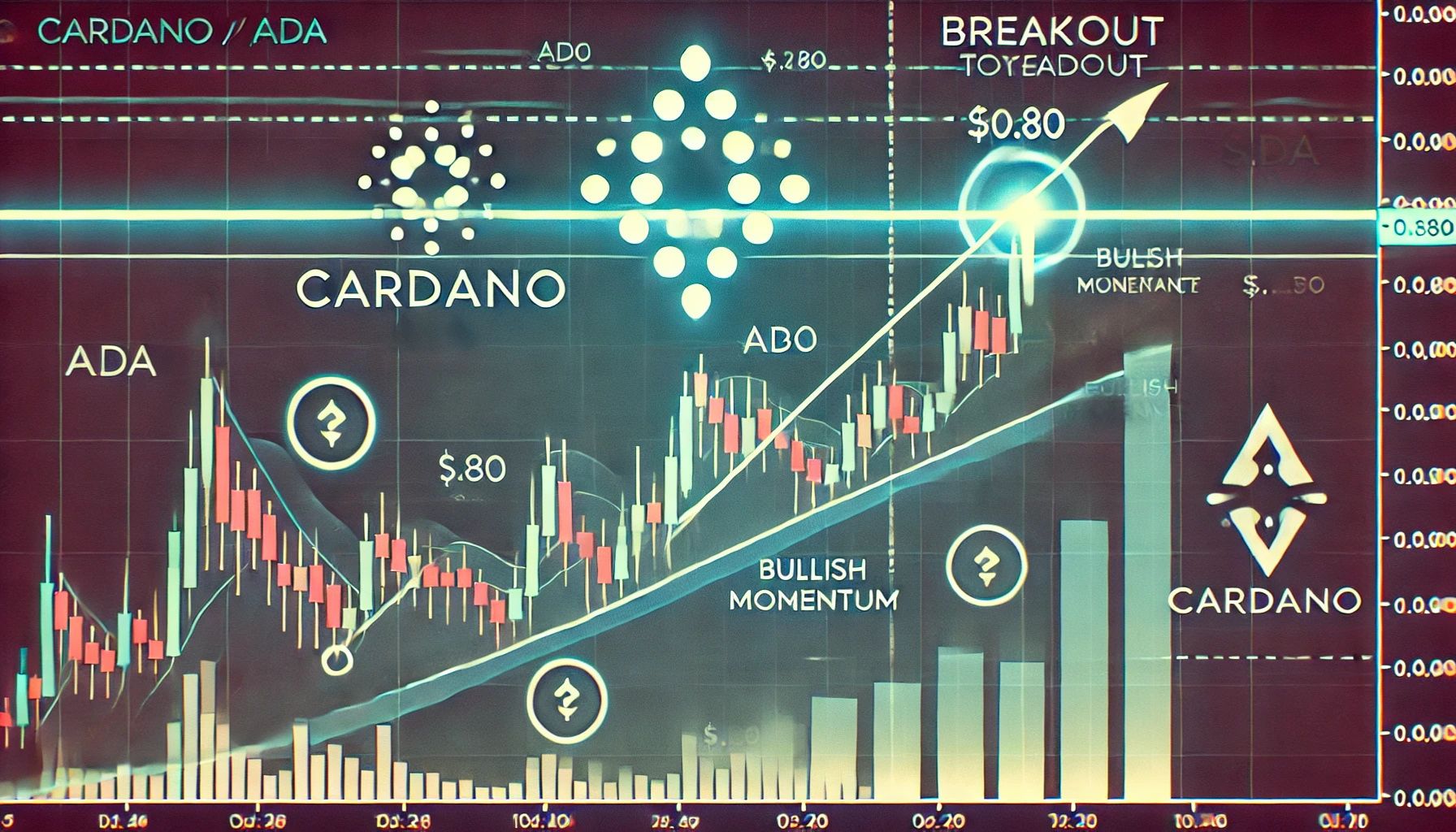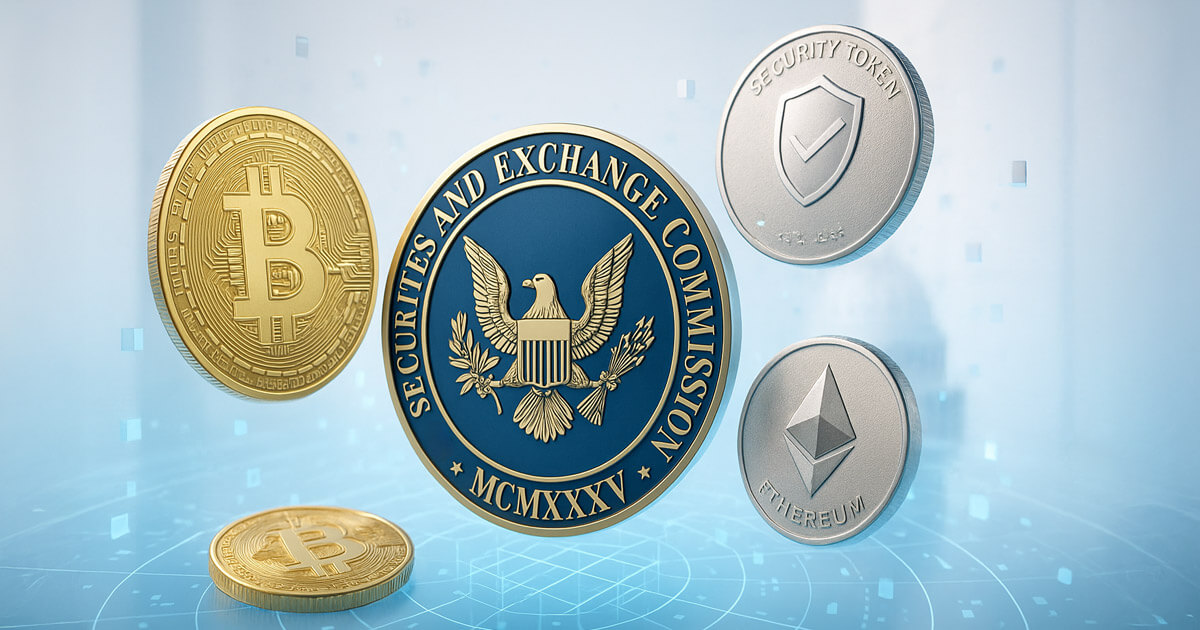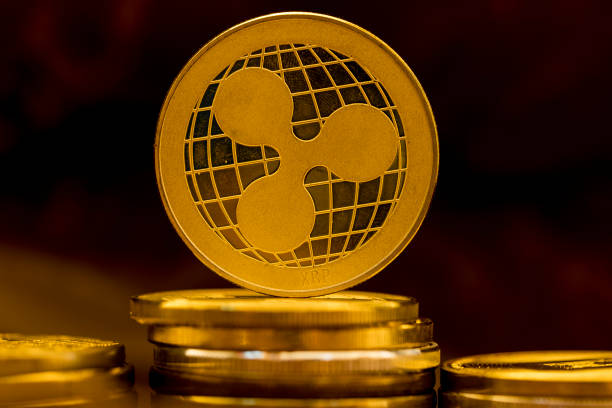
Why Ethereum Continues to Be the Foundation for Tokenizing Real-World Assets
Thank you to our week’s newsletter supporter, Grayscale. They are organizing a special event for financial advisors in the Chicago area, named Crypto Connect, happening on Thursday, May 22.
In this edition of Crypto for Advisors, Tedd Strazimiri from Evolve ETFs discusses the advancements in tokenization and its significance for investors.
Additionally, Peter Gaffney from Inveniam addresses queries related to how tokenization can benefit wealth managers and their clients in our Ask an Expert section.
The Tokenization Surge: Ethereum’s Leading Role in Real-World Asset Tokenization
The shift towards real-world asset (RWA) tokenization has evolved into a substantial economic phenomenon, with Ethereum at the forefront. Among the approximate $250 billion in tokenized assets, around 55% exists on the Ethereum blockchain. Ethereum has positioned itself as the preferred platform for various asset classes, from stablecoins to commodities, as institutions look to integrate traditional finance with digital assets.
Understanding the Importance of Tokenization
Tokenization transforms ownership rights of RWAs into digital tokens stored on a blockchain. This process allows for enhanced settlement speed, greater liquidity, and increased accessibility. The continuous trading of tokenized assets provides opportunities for instant settlements and fractional ownership, broadening investor access. For institutions, it minimizes expenses related to custody and intermediaries, while enhancing transparency and programmability.
Ethereum’s stronghold in the tokenization landscape is attributed to its established ecosystem, a robust developer community, and a history of reliability, making it the choice for significant finance players.
Comparative Analysis: Blockchain Networks Supporting RWA Tokenization
Institutional Adoption of Tokenization: BlackRock’s BUIDL Initiative
A prime example of how institutions are embracing tokenization is BlackRock’s BUIDL, a U.S. Treasury fund utilizing Ethereum. Launched in early 2024, this initiative enables blockchain access to U.S. Treasuries, ensuring real-time settlements and transparency in asset holdings. BUIDL has swiftly attracted more than $2.5 billion in assets, commanding a 41% share of the tokenized U.S. Treasury market. Ethereum currently maintains its supremacy in this realm, holding 74% of the tokenized U.S. Treasuries sector. This fund not only represents a product but also symbolizes a shift towards Ethereum as the foundational technology for future finance.
The Role of Stablecoins as a Crucial Element
Discussions about tokenization wouldn’t be complete without referencing stablecoins. Assets pegged to the U.S. dollar, such as USDC and USDT, constitute about 95% of all tokenized assets. Altogether, stablecoins contribute more than $128 billion to Ethereum’s tokenized finances and are pivotal for transactions in decentralized finance (DeFi), cross-border payments, and remittance activities.
In various developing nations, such as Nigeria and Venezuela, stablecoins offer an accessible alternative to the U.S. dollar without traditional banking services. They demonstrate the practical value of tokenized dollars, reinforced by Ethereum’s infrastructure.
Beyond Stocks: The Emergence of Tokenized Assets
Within the domain of tokenized stocks on Ethereum, there’s a notable, burgeoning segment. These digital representations of real-world equities provide benefits like around-the-clock trading, fractional ownership, and instant settlements. This landscape enables improved liquidity, reduced transaction costs, and better access to markets historically constrained by geographic and account barriers. Notably, popular tokenized stocks include names like Nvidia and Coinbase, alongside ETFs such as SPY. As regulatory clarity grows, tokenized equities on Ethereum could revolutionize how stock trading is conducted.
Moreover, asset classes like real estate, private credit, commodities, and art are increasingly being tokenized on Ethereum, underscoring its versatility.
Tokenized RWAs (Excluding Stablecoins)
Ethereum’s prominence in the space of tokenized assets isn’t solely attributable to its position as an early player — it is engineered for long-term relevance. As the framework supporting RWA tokenization evolves, Ethereum’s standing as a foundational layer in the financial ecosystem becomes more critical. Although newer platforms may find their niche, Ethereum remains the space where regulatory innovation meets financial evolution.
Ask an Expert
Q: What advantages does tokenization offer to wealth managers?
A: The introduction of tokenized assets comes with enhanced functionalities. Wealth managers already navigate a broad array of investment options, but tokenization adds value through emerging frameworks around RWAs. Particularly, capabilities for collateralization and risk assessment of asset-backed tokens stand out.
Tools designed for real-time asset management, like those from Inveniam, facilitate instant reporting and support private loans backed by tokens. This integration allows traditional private assets to operate similarly to how a significant sum in cryptocurrency loans are currently handled across lending platforms. This new capability enhances the value proposition that advisors can present to their clients, extending beyond standard cryptocurrency investments.
Q: How does tokenization assist advisors in managing portfolios?
A: Besides collateralization benefits, tokenization affords advisors better oversight of client allocations through various secondary benefits. Many funds within private equity or commercial real estate impose prohibitive minimum investment barriers and are limited by illiquid trading conditions. Such circumstances create potential inefficiencies for advisors, who may allocate resources suboptimally due to the nature of these assets.
In contrast, tokenized funds can be fractionalized more effectively than traditional offerings, allowing advisors to enter at significantly lower thresholds, such as increments of $10,000 rather than millions of dollars. It also enables strategic reallocations as client objectives or portfolios evolve, utilizing available liquidity channels more efficiently. This flexibility empowers advisors to respond to client needs and meet investment aims without traditional constraints.
Keep Reading
- SEC Commissioner Hester Peirce indicated that "tokenization is a technology that might greatly influence financial systems."
- New Hampshire has become the first U.S. state to legally permit investments in bitcoin and cryptocurrency assets.
- Morgan Stanley is strategizing to provide direct cryptocurrency trading via its E*Trade platform by 2026.


















Post Comment